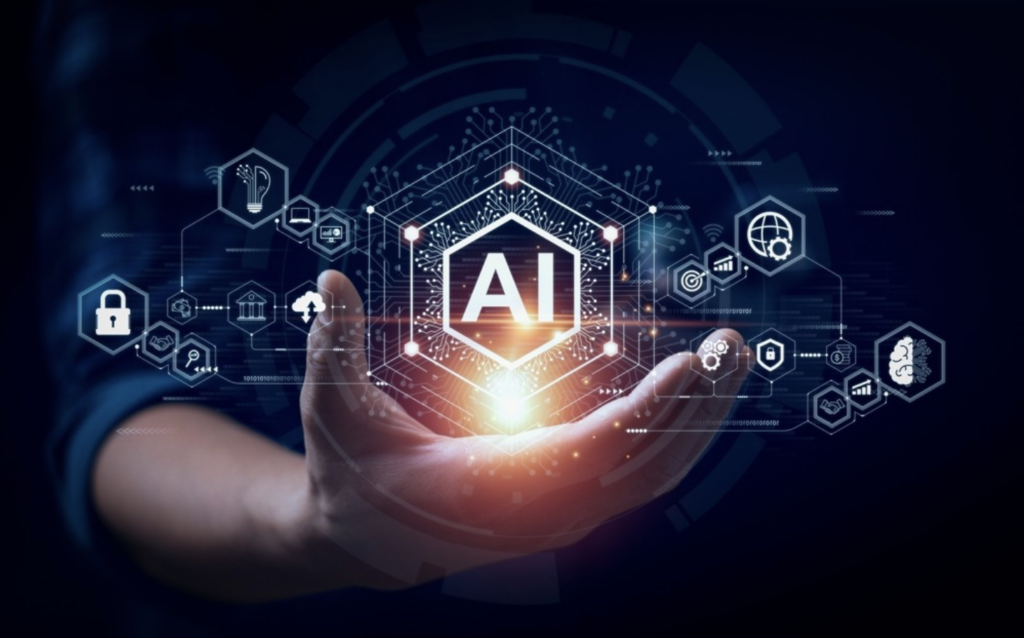Is Data truly for AI Ready?

Image credit:msp-channel
As organizations race to adopt AI solutions, one question stands out: Is our data actually ready for AI? Does high quality data automatically translate to AI readiness? That’s still questionable. Making data AI ready goes beyond cleanliness or completeness. It’s about aligning data to a specific use case and ensuring it reflects real world problems. This means datasets must include representative signals like edge cases, outliers, and even errors that a model might encounter in production. But here’s the challenge: we can’t prepare all data for AI in advance. Readiness depends on how the data will be used, specific to the model’s needs. For instance, training a GenAI chatbot requires a very different dataset than building a predictive maintenance model.
This makes AI readiness a continuous process, not a checklist. Team must constantly align, govern data access, and validate quality based on the evolving AI use case. And what if the data is already “high quality”? Traditional data quality standards aim to clean but when training models, we often don’t want perfectly smooth data. We want representative data that reflects the messiness of the real world. That’s why it’s time to rethink how we define and prepare data not just to be correct, but to be AI-ready to solve real-world problems.

